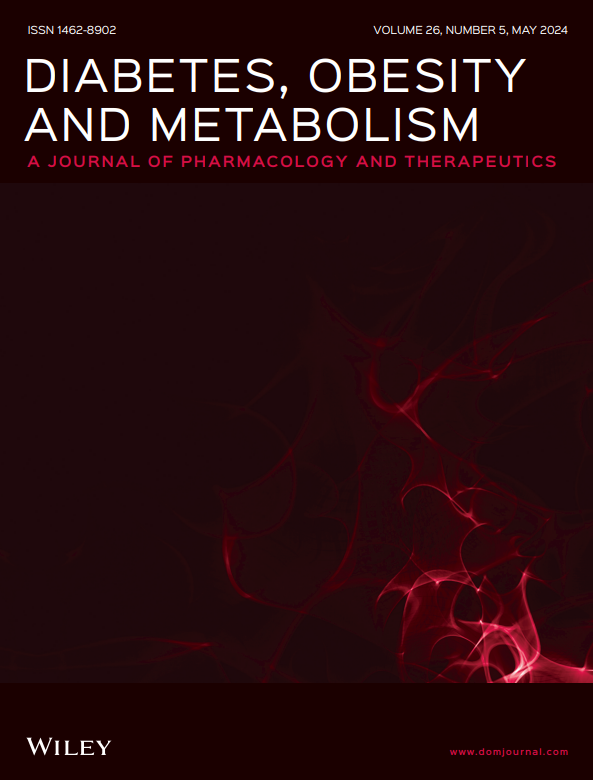Remission and relapse of diabetes after sleeve gastrectomy and one-anastomosis gastric bypass: The Tehran Obesity Treatment Study
Abstract
Aims
To evaluate the rates and predictors of remission and relapse of type 2 diabetes mellitus (T2DM) in individuals with T2DM undergoing sleeve gastrectomy (SG) or one-anastomosis gastric bypass (OAGB).
Methods
An observational prospective study with 5 years of follow-up was conducted in a total of 891 patients (82.5% female) with concomitant T2DM and obesity (body mass index ≥ 30.0 kg/m2) undergoing SG or OAGB between March 2013 and March 2021. T2DM remission was defined as achieving a glycated haemoglobin (HbA1c) level < 48 mmol/mol and a fasting plasma glucose (FPG) level <7 mmol/L, and being off glucose-lowering agents/insulin. T2DM relapse was defined as when FPG or HbA1c reverted to the diabetic range (≥7 mmol/L and ≥48 mmol/mol, respectively), or there was a need for pharmacotherapy.
Results
After bariatric surgery, the overall T2DM remission and relapse rates were 61.4 per 1000 person-months (95% confidence interval [CI] 56.8–66.4) and 5.7 per 1000 person-months (95% CI 4.1–7.9), respectively. These rates were similar in the SG and OAGB groups. Multivariate hazard ratio analysis identified history of insulin therapy and T2DM duration prior to surgery as predictors of remission, while treatment with ≥2 glucose-lowering agents was the only relapse predictor. Additionally, patients undergoing SG experienced either remission or relapse within a significantly shorter time frame compared to those undergoing OAGB.
Conclusion
After 5 years of follow-up, there were no significant differences between the SG and OAGB groups with regard to T2DM remission and relapse. Bariatric surgery was less likely to result in remission in patients with a history of insulin therapy and longer durations of T2DM prior to surgery. Furthermore, patients who received ≥2 glucose-lowering agents, despite possible remission, were at a higher risk of experiencing late relapse.

 求助内容:
求助内容: 应助结果提醒方式:
应助结果提醒方式:


